
Collection
Materials for From Reflection to Action
Access all the teaching strategies and additional resources referenced throughout the guide From Reflection to Action: A Choosing to Participate Toolkit.
Subject
- Civics & Citizenship
- History
- Social Studies
Grade
6–12Language
English — USPublished
In this lesson
Overview
About This Collection
This page is designed for educators using From Reflection to Action: A Choosing to Participate Toolkit. It contains all of the digital resources referenced throughout the book.
This collection contains the digital resources used in From Reflection to Action: A Choosing to Participate Toolkit, which includes:
- 9 teaching strategies
- Additional recommended resources
Inside this Collection
Teaching Strategies
These are the teaching strategies referenced throughout From Reflection to Action: A Choosing to Participate Toolkit.
Teaching Strategy
Save
Annotating and Paraphrasing Sources
Teach students to carefully read material by having them underline key words, write margin notes, and summarize main ideas.
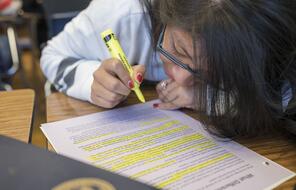
Teaching Strategy
Save
Big Paper: Building a Silent Conversation
Students have a written conversation with peers and use silence as a tool to explore a topic in depth.

Teaching Strategy
Save
Chunking
Chunking helps students approach challenging texts by breaking down content into manageable pieces.
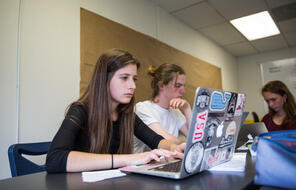
Teaching Strategy
Save
Concentric Circles
This kinesthetic discussion activity invites students to be active listeners and speakers and to interact with a wide range of classmates.
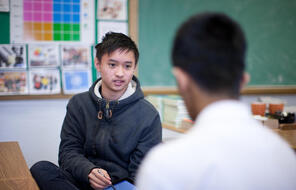
Teaching Strategy
Save
Gallery Walk
A gallery walk activity gets students moving as they explore a range of documents, images, or student work displayed around the classroom.
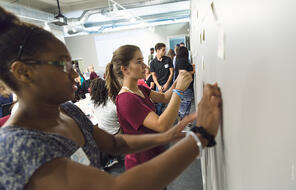
Teaching Strategy
Save
Journals in the Classroom
Create a practice of student journaling to help your students critically examine their surroundings and make informed judgments.
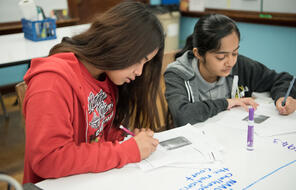
Teaching Strategy
Save
Learn to Listen, Listen to Learn
Educators will structure a discussion that uses journaling and group work to strengthen students’ listening skills.
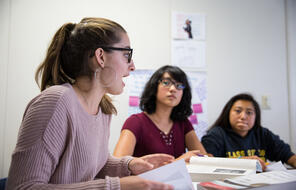
Teaching Strategy
Save
Save the Last Word for Me
This discussion strategy helps students practice being both active speakers and active listeners in a group conversation.
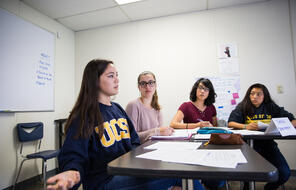
Teaching Strategy
Save
Think-Pair-Share
Think-Pair-Share activities facilitate thoughtful group discussions by having students first reflect individually and discuss their ideas with a partner.
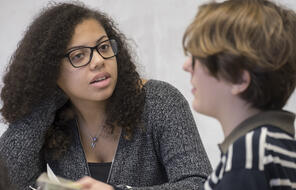
Additional Resources
These are the materials referenced throughout From Reflection to Action: A Choosing to Participate Toolkit.
Unit
Save
10 Questions for Young Changemakers
This unit uses the 10 Questions Framework to explore two examples of youth activism: the 1963 Chicago schools boycott and the present-day movement against gun violence launched by Parkland students.
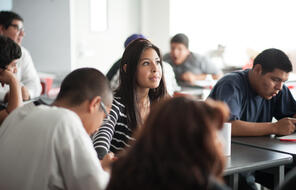
Lesson
Save
Choosing to Participate
Students use the “levers of power” framework to identify ways they can bring about positive change in their communities.
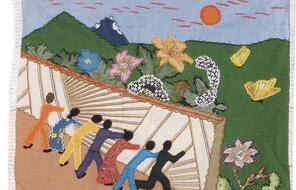
Mini-Lesson
Save
Youth Taking Charge! Placing Student Activism in Historical Context
Use this mini-lesson to explore the rich history of youth activism from the 1960s to present day.
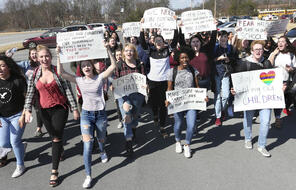
Guide
Save
Exploring Identity and Community: 18-week Curriculum Outline
Login Required
Recommended for 6th grade, this outline provides an instructional pathway for middle school educators to teach an 18-week curriculum exploring identity, family legacy, group membership and choices.
Handout
Save
Action Project Planning Tool
Design your Choosing to Participate civic action project using this planning tool.
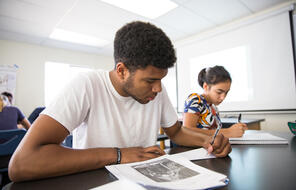
Video
Save
Facing History Hacks: Connecting Social Justice, History, and Technology
San Francisco Bay Area teens explore ways technology can be used for social justice and community engagement at Facing History’s first ever Civic Hackathon hosted by Brocade.
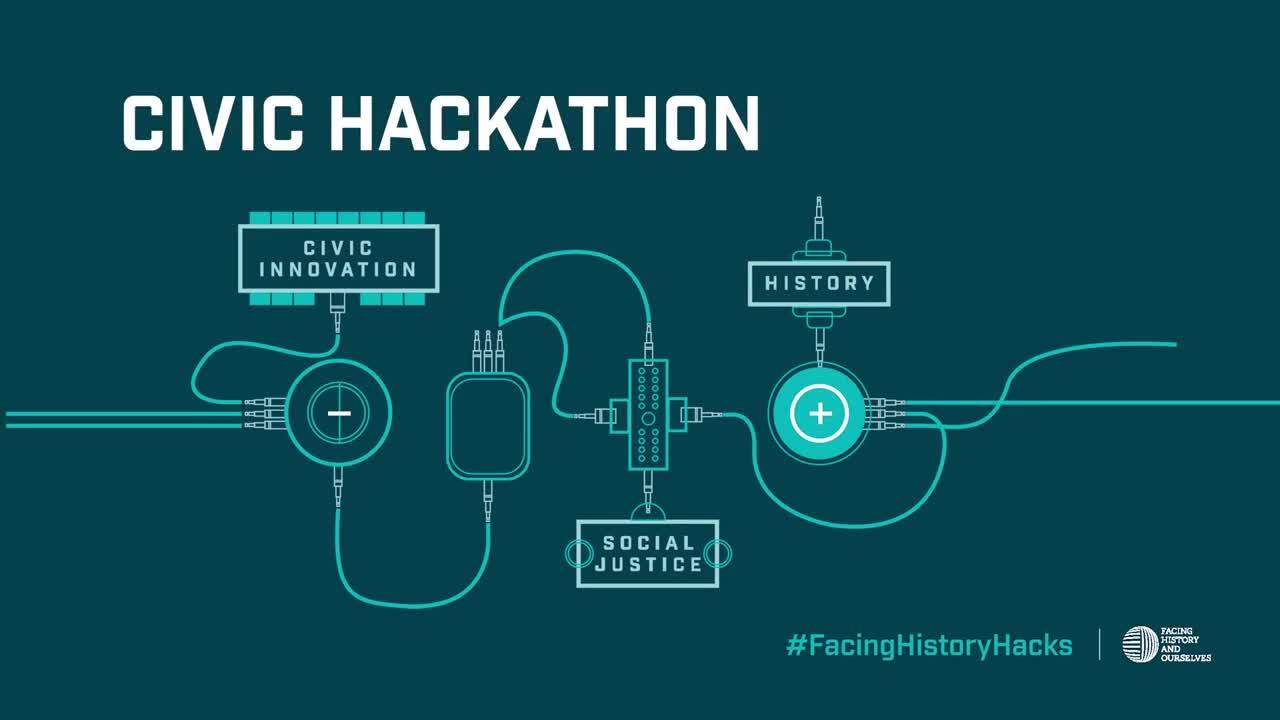
You might also be interested in…
Lesson
Save
10 Questions for the Future: Student Action Project
Students create a plan for enacting change on an issue that they are most passionate about using the 10 Questions Framework.
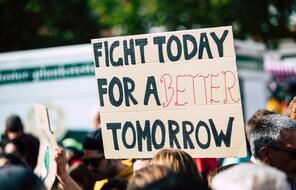
Lesson
Save
10 Questions for the Present: Parkland Student Activism
Students identify strategies and tools that Parkland students have used to influence Americans to take action to reduce gun violence.
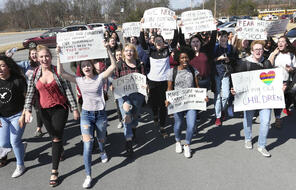
Mini-Lesson
Save
Voting Rights in the United States
In this mini-lesson, students learn about the history of voting rights in the United States and consider how current voting laws in different states impact voters today.
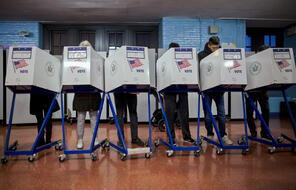
Mini-Lesson
Save
How to Read the News Like a Fact Checker
Reading “laterally” is a key media literacy strategy that helps students determine the quality of online sources. This mini-lesson trains students to use this technique to evaluate the credibility of the news they encounter on social media feeds or elsewhere online.
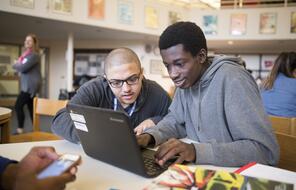
Collection
Save
Confronting Apartheid
Examine how South Africans grappled with their history, from early interactions with white European settlers, resistance to the imposed apartheid regime, and a long struggle for democracy.

Mini-Lesson
Save
The Hope and Fragility of Democracy in the United States
In this mini-lesson, students learn about the history of democratic and anti-democratic efforts in the United States and examine sources that illuminate this tension from Reconstruction through today.
Mini-Lesson
Save
What Happened During the Insurrection at the US Capitol and Why?
This mini-lesson guides students to use an iceberg diagram to synthesize the events of January 6, 2021, and outline the complex array of causes at work.
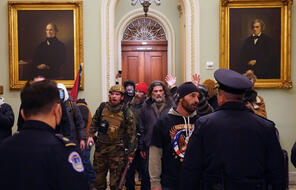
Mini-Lesson
Save
Reflecting on George Floyd’s Death and Police Violence Towards Black Americans
This mini-lesson is a guide for teachers to begin conversations with their students about George Floyd’s death and the events that surround it.
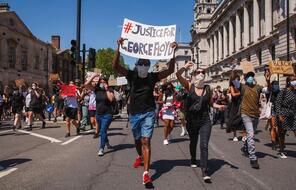
Mini-Lesson
Save
Responding to The Tree of Life Shooting in Pittsburgh
The mass shooting at a Pittsburgh synagogue capped off a week of hate crimes and political violence in the United States. This mini-lesson help teachers and students process the events and reflect on what they mean for them and their communities.
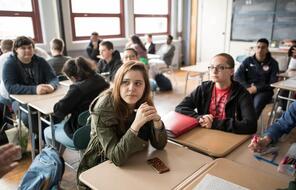
Mini-Lesson
Save
Responding to the Insurrection at the US Capitol
This mini-lesson is designed to help guide an initial classroom reflection on the January 6, 2021, insurrection at the US Capitol.
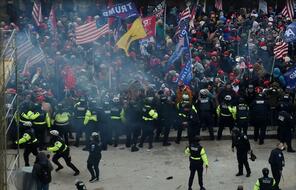
Mini-Lesson
Save
The Equal Rights Amendment: A 97-Year Struggle
This mini-lesson provides an overview of the ERA and a look at the history behind the struggle to ratify the amendment that would formally guarantee women equal rights to men under the US Constitution.
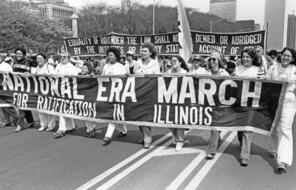
Lesson
Save
#IfTheyGunnedMeDown
Students explore the potential negative impact of images through the social media protest #IfTheyGunnedMeDown and develop a decision-making process for choosing imagery to represent controversial events.
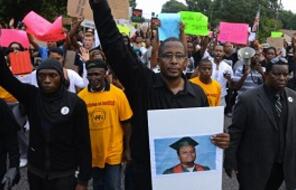
Unlimited Access to Learning. More Added Every Month.
Facing History & Ourselves is designed for educators who want to help students explore identity, think critically, grow emotionally, act ethically, and participate in civic life. It’s hard work, so we’ve developed some go-to professional learning opportunities to help you along the way.
Professional Learning
Exploring ELA Text Selection with Julia Torres
On-Demand
Virtual
Listen to #DisruptTexts founder Julia Torres about taking a critical lens to text selection in ELA classrooms.
Professional Learning
Working for Justice, Equity and Civic Agency in Our Schools: A Conversation with Clint Smith
On-Demand
Virtual
Listen to writer and educator Dr. Clint Smith as he shares his poetry and reflections on working for justice, equity, and civic agency in our schools.
Professional Learning
Centering Student Voices to Build Community and Agency
On-Demand
Virtual
Explore approaches to centering student voice, building authentic relationships and cultivating community with Molly Josephs, the creator of This Teenage Life, a youth-driven, story-sharing podcast that started as a school club.
Most teachers are willing to tackle the difficult topics, but we need the tools.
—
Gabriela Calderon-Espinal, Bay Shore, NY

Inspiration, insights, & ways to get involved
Subscribe to our email updates
